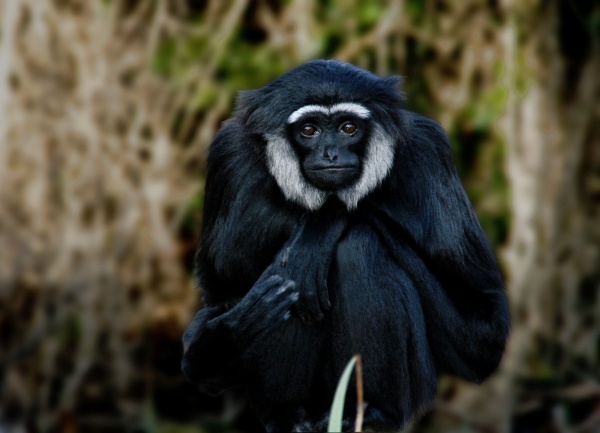Facts About Agile (Black-handed) Gibbon
The agile gibbon, also known as the black-handed gibbon, is a captivating primate indigenous to the verdant forests of Sumatra in Indonesia, as well as parts of Malaysia and southern Thailand. Unfortunately, this distinctive species is endangered, primarily due to habitat destruction and the illegal pet trade.
There are two recognized variations of the agile gibbon: a mountain form and a lowland form. Their fur can range in color from black to red-brown, with a notable feature being the white markings on the brows and cheeks of the males. Male agile gibbons are slightly larger than females, typically weighing between 4 to 6 kilograms.
Agile gibbons are renowned for their exceptional brachiation skills, allowing them to swing swiftly through the trees using their long arms. They live in monogamous pairs and are highly territorial, often defending their space with visual displays and songs.
Their diet primarily consists of fruit, but they also consume leaves, flowers, and insects. Regarding reproduction, female agile gibbons give birth to a single offspring after a seven-month gestation period. The young are weaned by the age of 2 and usually leave their family group around the age of 8 to find a mate of their own.
These gibbons are predominantly arboreal, spending most of their time in the rainforest canopy and rarely venturing to the ground. Despite their incredible adaptability and agility, the ongoing threats to their habitat make their future uncertain.

 Laos
Laos